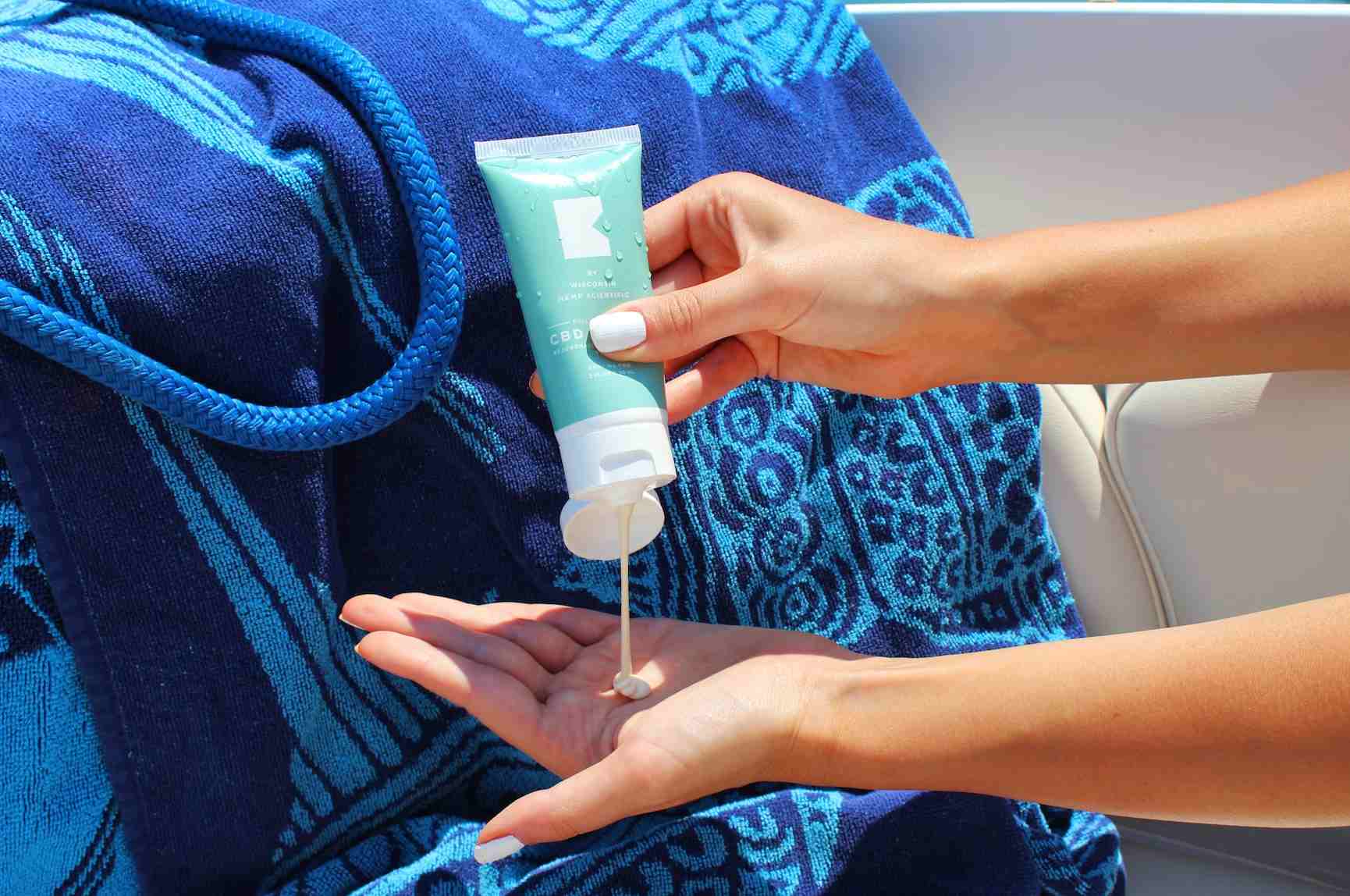The impact of sunscreen on the environment and how to choose reef-safe options for your summer beach trips.
As summer approaches, many of us are gearing up for trips to the beach. While sunscreen is an important part of protecting our skin from the sun's harmful rays, it's important to be mindful of its impact on the environment. In recent years, studies have shown that certain chemicals found in many sunscreens can have harmful effects on coral reefs and other marine life. In this article, we'll explore the impact of sunscreen on the environment and provide tips on how to choose reef-safe options for your next beach trip.
The Impact of Sunscreen on the Environment
When we swim, sunbathe, or participate in watersports while wearing sunscreen, the chemicals in the sunscreen can enter the ocean and have harmful effects on marine life. Specifically, two chemicals commonly found in sunscreens – oxybenzone and octinoxate – have been shown to cause coral bleaching, which can lead to the death of coral reefs. Additionally, these chemicals can disrupt the hormonal systems of fish and other marine organisms.
It's estimated that up to 14,000 tons of sunscreen end up in coral reefs around the world each year, with popular tourist destinations such as Hawaii and the Great Barrier Reef being particularly affected. In response to this growing concern, some destinations have started to ban the sale of sunscreens containing oxybenzone and octinoxate.

Choosing Reef-Safe Sunscreens
Fortunately, there are many reef-safe sunscreen options available that can protect both our skin and the environment. Here are some tips on how to choose reef-safe sunscreens for your next beach trip:
Look for mineral-based sunscreens: Instead of chemical-based sunscreens, look for those that use minerals such as zinc oxide or titanium dioxide. These minerals work by physically blocking the sun's rays, rather than being absorbed into the skin and potentially harming marine life.
Check the label: Avoid sunscreens that contain oxybenzone, octinoxate, or other harmful chemicals. Look for sunscreens labelled as "reef-safe" or "ocean-safe" to ensure that they have been tested and proven to be environmentally friendly.
Choose lotion over spray: While spray sunscreens may be convenient, they can be more difficult to control and can easily drift into the ocean. Lotion-based sunscreens are a better choice, as they can be applied more precisely and are less likely to end up in the water.
Use sunscreen alternatives: Consider wearing protective clothing such as long-sleeved shirts and hats to reduce the amount of sunscreen needed. Additionally, seek shade during peak sun hours to minimise sun exposure.
By choosing reef-safe sunscreens, we can protect both our skin and the environment during our summer beach trips. Remember to read labels carefully and choose mineral-based options that are free of harmful chemicals. Additionally, consider using sunscreen alternatives such as protective clothing and shade. By being mindful of our impact on the environment, we can enjoy the beauty of the beach without harming the marine life that calls it home.



























































































































































































































































